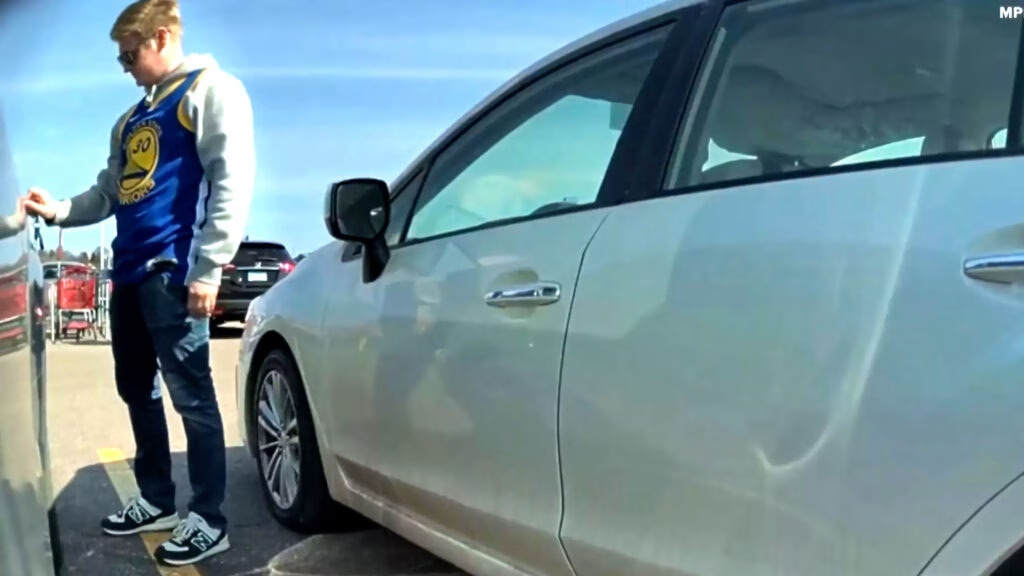A recent incident in downtown Minneapolis has sparked a heated debate about accountability and justice in property crimes, particularly when it involves vandalism against high-profile vehicles like Teslas. A 33-year-old man was caught on camera keying multiple Teslas, causing around $20,000 in damages. Surprisingly, he won’t face any criminal charges due to a diversion program offered by the Hennepin County Attorney’s Office. This decision has left many questioning the effectiveness of such legal approaches and the message it sends about accountability.
Why Wasn’t He Charged?
The man, identified as a state employee, was recommended for prosecution by law enforcement. However, the Hennepin County Attorney’s Office opted for a diversion program instead. This program allows the suspect to avoid prosecution if he fully reimburses the car owners for the damages. The rationale behind this decision, as explained by the attorney’s office, is to secure restitution for the victims while allowing the individual to maintain his job. They believe that this approach reduces the likelihood of repeat offenses and helps keep individuals from falling into a cycle of crime and punishment.
Critics of this decision, including Minneapolis Police Chief Brian O’Hara, have voiced their frustration. O’Hara emphasized that the police did their job by identifying and arresting the suspect, only to see the case declined for prosecution. He noted that victims often feel let down when their cases don’t lead to charges, especially when significant damage has occurred.
What Do Experts Say?
Hennepin County District Attorney Mary Moriarty defended the diversion program, arguing that felony convictions can destabilize lives, leading to job loss and housing insecurity, which may ultimately increase the chances of re-offending. She pointed out that diversion programs have proven effective in reducing recidivism rates compared to traditional prosecution methods. This perspective aligns with a growing trend in criminal justice reform, where the focus is shifting from punitive measures to rehabilitation and accountability.
However, not everyone agrees with this approach. Minnesota State Representative Kristin Robbins described the decision as “troubling and unacceptable,” highlighting the growing public frustration over vandalism, particularly against Teslas, which have become symbols of both innovation and controversy due to their association with Elon Musk’s political stances.
The Bigger Picture
This incident is part of a broader trend where Tesla vehicles have increasingly become targets for vandalism. Some owners have even resorted to selling their cars or placing stickers on them to deter potential attacks. The motivations behind this vandalism seem to be tied to public backlash against Musk’s politics, illustrating how personal grievances can manifest in destructive ways.
While it’s understandable to feel frustrated with public figures, damaging private property is never an acceptable form of protest. The real question is how society chooses to respond to such actions. Should we prioritize rehabilitation over punishment, or is there a need for stricter consequences to deter future vandalism?
A Balanced Approach
Finding a balance between accountability and rehabilitation is crucial. The diversion program in this case aims to hold the individual accountable while also providing an opportunity for restitution and preventing future offenses. However, the mixed reactions from law enforcement and the public indicate that this approach may not satisfy everyone.
As we navigate these complex issues, it’s essential to consider the long-term implications of our legal decisions. The focus should be on fostering a justice system that not only punishes wrongdoing but also encourages personal responsibility and community healing.
The big takeaway? Justice isn’t about perfection—it’s about smarter adjustments. Start with one change this week, whether it’s advocating for more effective rehabilitation programs or engaging in community discussions about accountability, and you’ll likely spot the difference by month’s end.

